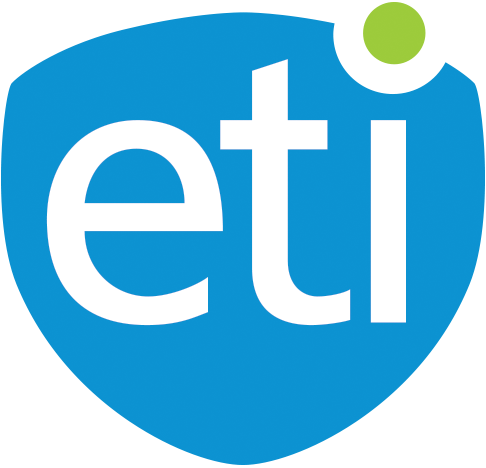Overview
ARC is a regional economic development agency that represents a partnership of federal, state, and local governments. Established by an act of Congress in 1965, ARC is composed of the governors of the 13 Appalachian states and a federal co-chair who is appointed by the President. Local participation is provided through multi-county local development districts.
The first three funding programs are block grants, meaning ARC uses a formula to determine how much money each of the 13 states can receive. The states then determine what types of projects they want to fund. The counties and cities make requests to the states and the states determine which projects to fund. The agency makes sure recipients meet ARC requirements. ARC directly selects winners of the fourth program’s grants.
Most of the grant recipients are from areas in which there is no broadband available, so the goal is to use the money to build broadband to the home. Occasionally, jurisdictions requests funds to support data centers and high bandwidth applications such as medical digital imaging.
Every recipient must bring an organization to the table that will match the ARC grant. For example, if a city or county want to find a project that cost $50,000, ARC will bring $25,000 when the county or an organization within the county matches the $25,000.
The grants have to be awarded to the city, a county, or a nonprofit organization, the public must retain ownership of the assets. The recipient can hire a private-sector entity to provide some or all of the work, but the jurisdiction retains ownership of the assets.
Area Development
Each year ARC provides funding for several hundred investments in the Appalachian Region, in
areas such as business development, education and job training, infrastructure (including broadband), community development, and transportation.
As per ARC‘s federal-state partnership model, funding via ARC’s Area Development is first generated at the state level in each of the Region’s 13 states. Potential applicants are encouraged to contact their ARC state program managers contact is available at www.arc.gov.
Purpose
Planning (e.g., feasibility)
Broadband Infrastructure (e.g., construction)
Broadband Adoption
Digital Skills Training
Public Computer Access
Eligibility
Electric Utilities/Co-ops
Libraries
K-12 Schools
Higher Education Institutions ☒ Hospitals
State and Local Governments
Tribal Entities
Amount Available
FY 2020 $40,945,000
Contact Website
Contact Information
Telephone: (202) 884-7700
Email: info@arc.gov.
For questions on specific topic areas, please refer to the contacts listed on the ARC Offices and Staff page.
ARC – Distressed Communities
ARC targets special resources to the most economically distressed counties in the region, using a measure of economic distress based on three economic indicators: three-year average unemployment rates, per capita market income, and poverty rates. ARC normally limits its maximum project funding contribution to 50 percent of costs, but it can increase its funding share to as much as 80 percent in distressed counties.
Purpose
Planning (e.g., feasibility)
Broadband Infrastructure (e.g., construction)
Broadband Adoption
Digital Skills Training
Public Computer Access
Eligibility
Libraries
K -12 schools
Higher education institutions
Hospitals
State and local governments Tribal entities
Nonprofit organizations
Electric utility Co-ops
Amount Available
$17,548,000
Contact Website
https://www.arc.gov/funding/ARCDistressedCountiesGrants.asp
Contact Information
For questions on specific topic areas, please refer to the contacts listed on the ARC Offices and Staff page
Partnerships for Opportunity and Workforce and Economic Revitalization (POWER)
POWER is a congressionally funded initiative that targets federal resources to help communities and regions that have been affected by job losses in coal mining, coal power plant operations, and coal-related supply chain industries due to the changing economics of America’s energy production. Within the POWER Initiative, $15 million is specifically available for broadband related projects.
Proposals are reviewed scored by ARC directly. Broadband used to create and retain jobs is particularly well reviewed. Communities whose proposals show innovative use of broadband will be received favorably, such as using broadband with telehealth to produce favorable healthcare outcomes.
Up to one-third of funds provided for the POWER FY20 program will be available to fund broadband deployment projects that enhance access to broadband services. Understanding that broadband deployment projects can be capital intensive, grant requests for deployment projects can be up to $2.5 million, with priority given to projects with evidence of leveraged funding for the overall project.
Purpose
Planning (e.g., feasibility)
Broadband Infrastructure (e.g., construction)
Broadband Adoption
Digital Skills Training
Public Computer Access
Eligibility
Libraries
K-12 Schools
Higher Education Institutions
Hospitals
State and Local Governments
Tribal Entities
Non-Profit Organizations
Electric Utilities/Co-ops
Amount Available
FY2020 Funding Amount $45 million
Contact Website
Contact Information
For questions on specific topic areas, please refer to the contacts listed on the ARC Offices and Staff page.
